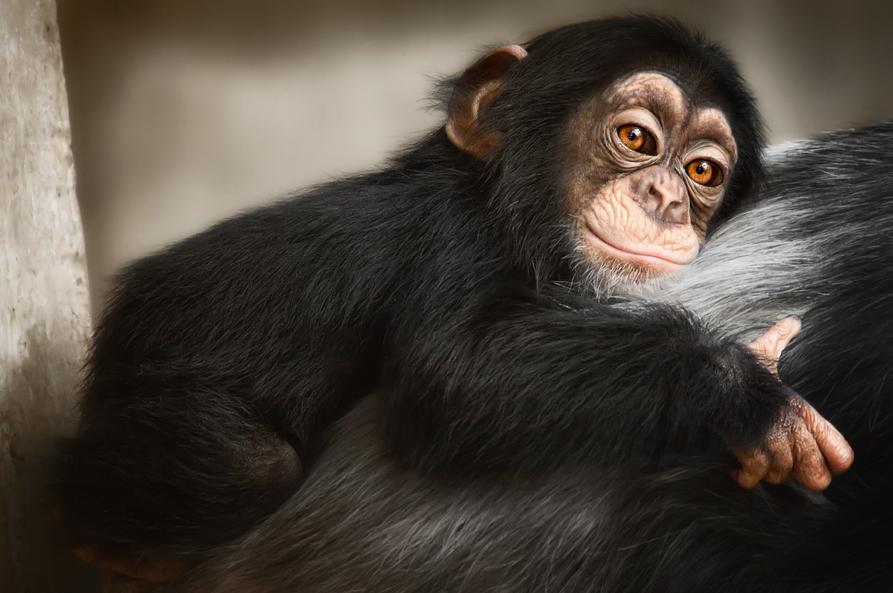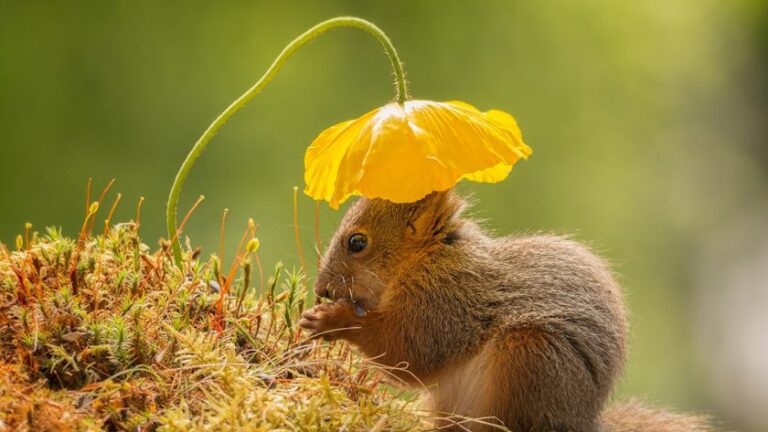Photographers, like seasoned fishermen, have stories about the “one that got away.” They sigh, peering deep into the horizon, and say, “If only I had my camera ready, that would’ve been a great prize winner.” This elusive pursuit of beauty is what makes wildlife photography both difficult and rewarding. Wildlife, unlike the regulated surroundings found in zoos and farms, is transient.
Learn how to take breathtaking wildlife photos with expert tips and techniques. From camera settings and lens choices to fieldcraft and post-processing, master the art of capturing wild animals in their natural habitats
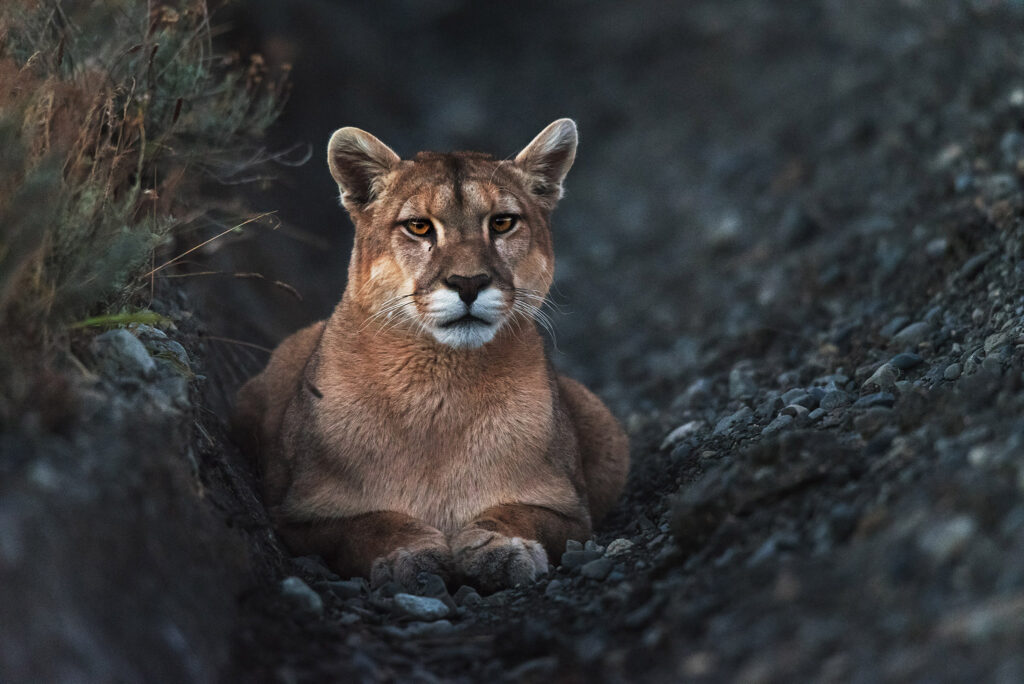
Because most opportunities endure only a few seconds, there isn’t much room for error when the subject arrives. While patience, tenacity, and a dash of luck are all beneficial, they are insufficient to create consistent outcomes. You’ll come home with a plethora of keepers if you follow these suggestions and strategies.
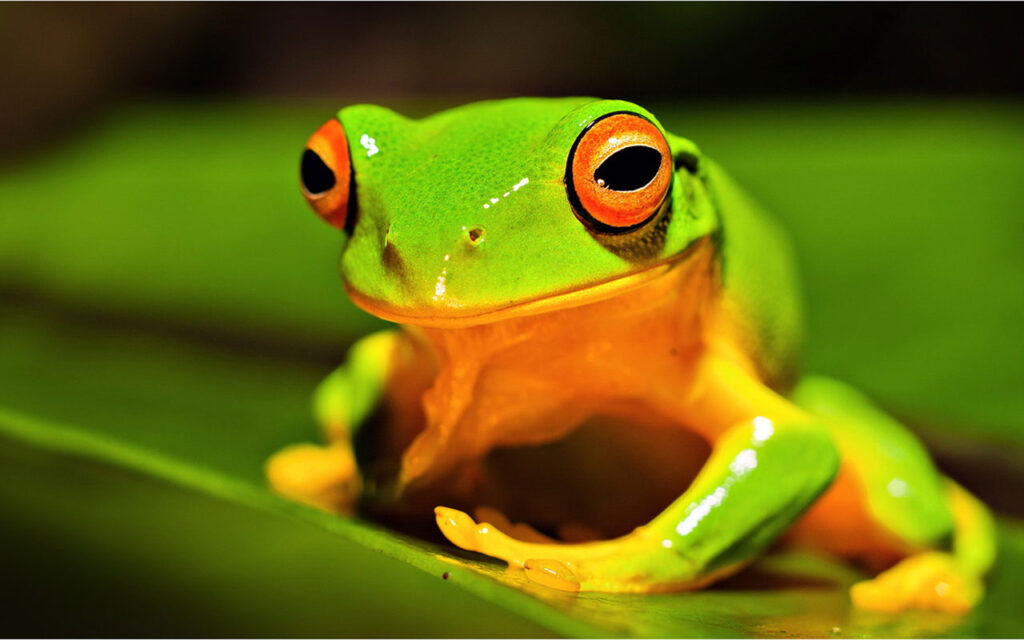
Wildlife photography is all about so many things. Aperture and shutter speed are only two examples of technical details. It also goes far beyond the technology seen in today’s most advanced cameras. Understanding a subject’s behaviour is vital for capturing their actual attractiveness. You may considerably improve your chances of success by using the internet as a research tool. Wildlife does not wait for anyone, therefore you must be ready to shoot at any time. Take the cameras out of your backpack as soon as you arrive at a spot, turn them on, and remove the lens caps. This way, you’ll be ready for everything that comes your way. If you want to avoid camera wobble, utilise a tripod and ball head that are specifically built to withstand the weight of your longer lenses. Connect a cable release once it’s on this stable base so you don’t have to touch the camera to press the shutter. You may be confident that your photographs will be razor sharp and ready for enlargement if you use this long lens technique every time.
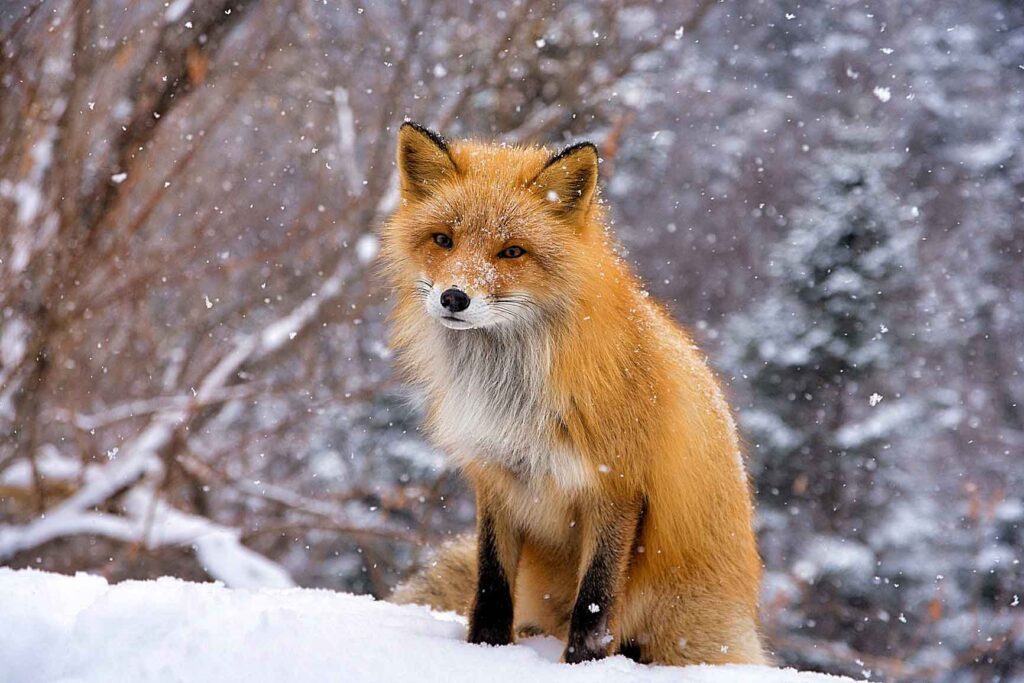
Photographer Henri Cartier-Bresson remarked in his book “Images à la sauvette” that “there is nothing in this world that does not have a decisive moment.” A similar concept can be applied to wildlife photography. When you find a topic that interests you, it’s tempting to capture a few photos and then move on. I propose slowing down and paying attention.
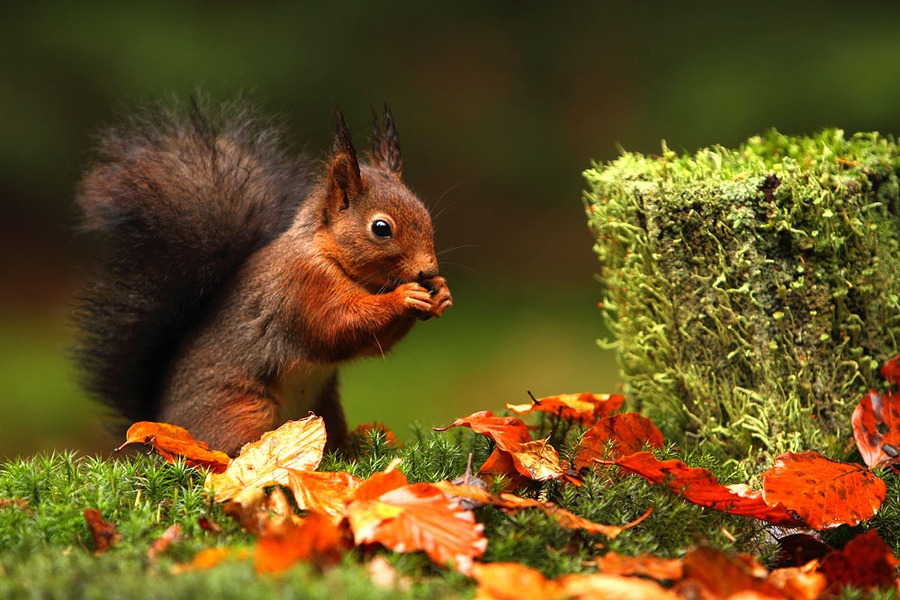
Photographic Techniques
Of course, no amount of post-production labour can compensate for a fuzzy image. To reduce the likelihood of a camera malfunction If you want to avoid camera wobble, utilise a tripod and ball head that are specifically built to withstand the weight of your longer lenses. Connect a cable release once it’s on this stable base so you don’t have to touch the camera to press the shutter. You may be confident that your photographs will be razor sharp and ready for enlargement if you use this long lens technique every time.
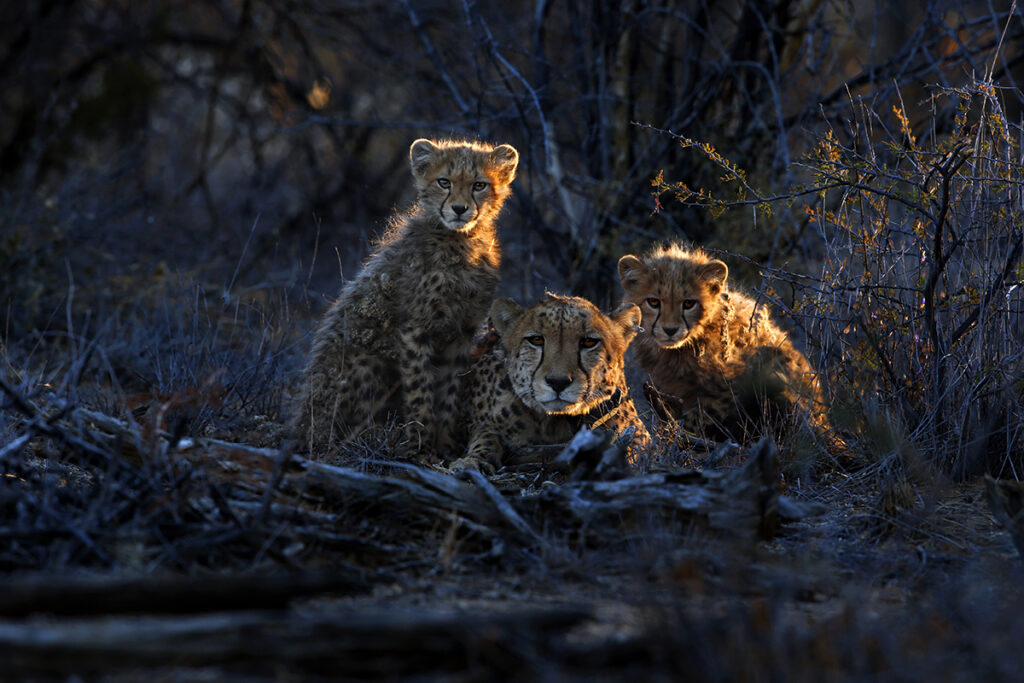
Photographer Henri Cartier-Bresson remarked in his book “Images à la sauvette” that “there is nothing in this world that does not have a decisive moment.” A similar concept can be applied to wildlife photography. When you find a topic that interests you, it’s tempting to capture a few photos and then move on. I propose slowing down and paying attention. while seeing the animal’s activity through the lens Rather than settling for a static shot of a motionless bird, wait for a dynamic moment to begin shooting. It often takes a few minutes for an animal to realize you are not a danger to them.

They will resume their natural activity after they have settled down. To avoid disturbing your target, walk slowly and deliberately, avoid direct eye contact, and dress in muted colours. Your patience may be rewarded, as it was mine when I captured a Great Egret catching a little meal. Once the activity begins, there are a few options for dealing with it. You can wait for the decisive time before pushing the shutter if you have good timing. This bothers some photographers. be an extremely precise and exact method Alternatively, you can use your camera’s fast burst mode to capture this territorial disagreement between two Gulls like I did. This approach is extremely successful with contemporary DSLRs that can shoot at least six frames per second.
Display the Environment
Don’t be scared to show some of the surroundings of your subject. This strategy can produce some quite distinct viewpoints that have the ability to break the mould of the more common close-up shots. You will also be creating a feeling of scale, which will aid in conveying the magnificence of the natural world. When employing this approach, keep your background in mind.
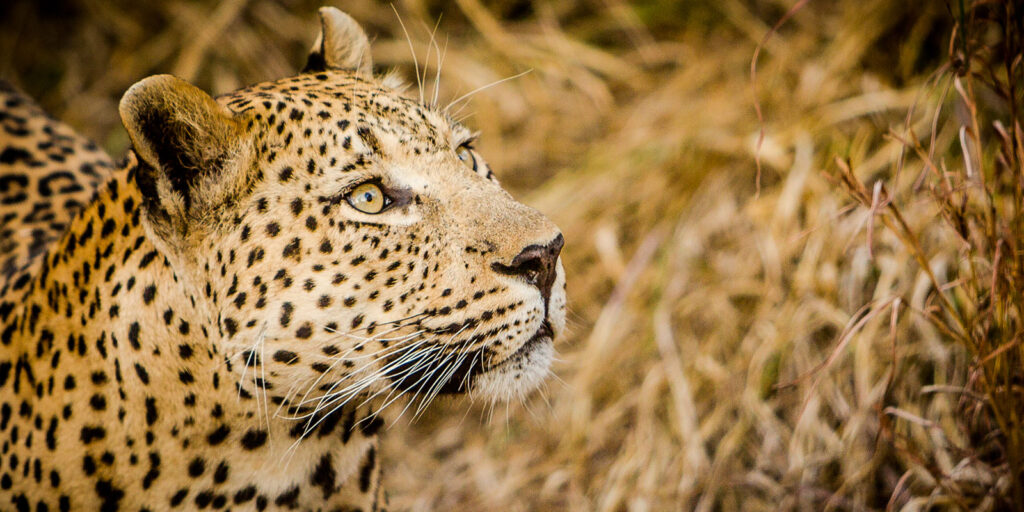
If there are a lot of distracting aspects, By positioning yourself behind the subject, you will divert attention away from the animal. On a frigid winter morning when I discovered this Snowy Owl, I noticed how the occasional large wave would crash into the rocks, sending sea spray high into the air. I wanted to demonstrate the connection between the elusive owl and its oceanfront habitat. In preparation for the next series of waves, I reduced the aperture to f/11 and moved back a few feet. A large aperture would have effectively blurred the background to the point of indistinguishability. My prediction proved confirmed moments later, as the vision I had imagined unfurled directly in front of my eyes.
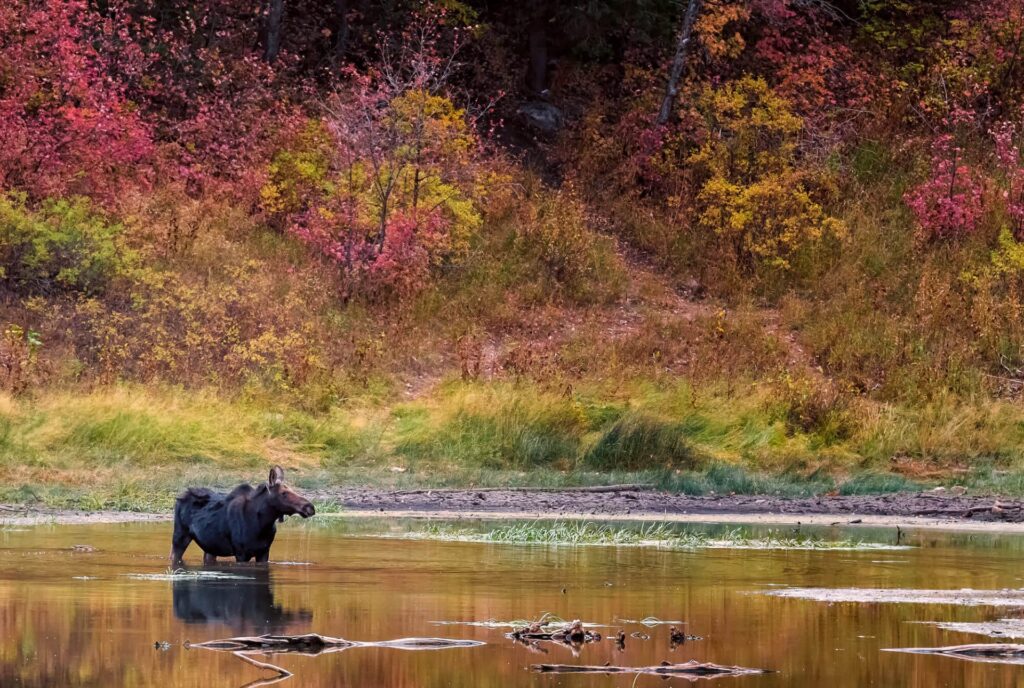
For all nature photographers, creating a beautiful image of an elusive creature is a thrilling challenge. Even if these moments are short, you may revisit them through images that you are pleased to call your own. With these tried-and-true ideas and approaches, you’ll be able to take your wildlife photography to the next level!
